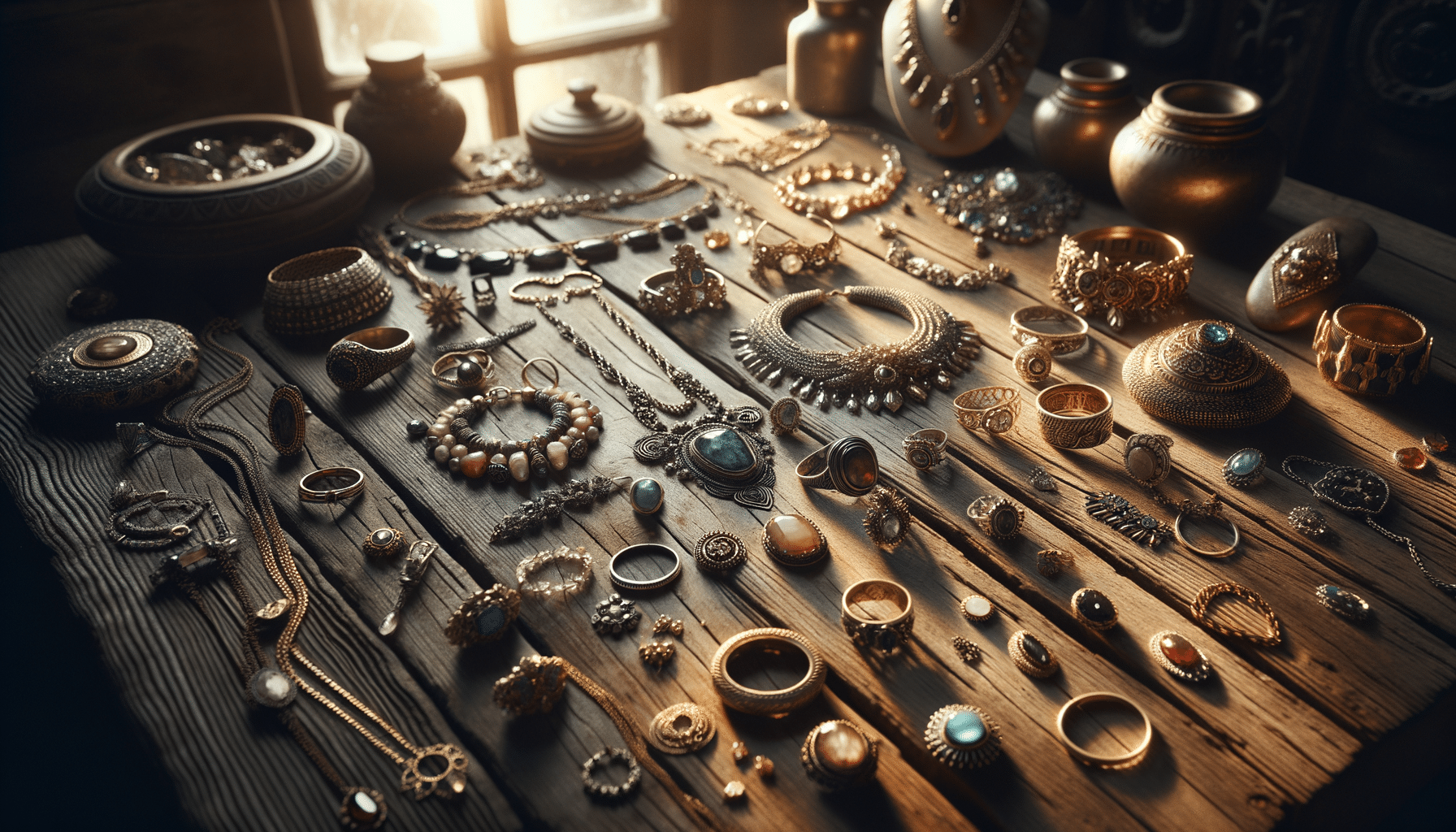
Exploring the Timeless Allure of Jewelry
The Historical Significance of Jewelry
Jewelry has played a pivotal role in human societies for thousands of years. From ancient civilizations to modern times, these adornments have served as symbols of wealth, power, and personal expression. Historically, jewelry was often made from materials that were readily available, such as shells, bones, and stones. As human societies evolved, so did the complexity and materials used in jewelry-making.
In ancient Egypt, for example, jewelry was not only a symbol of wealth but also had religious significance. The Egyptians believed that certain stones and metals had protective powers, which is why they often adorned their pharaohs with elaborate pieces for both life and the afterlife. Similarly, in ancient Rome, jewelry was used to signify social status and was often crafted from gold and precious gemstones.
Over the centuries, jewelry has continued to evolve, reflecting the cultural and technological advancements of each era. The Renaissance period, for example, saw a resurgence in the popularity of intricate designs and the use of new techniques such as enameling. Today, jewelry remains a beloved accessory, cherished for its beauty and the personal stories it carries.
Materials and Craftsmanship in Jewelry
The artistry of jewelry-making lies in the selection of materials and the skill of the craftspeople. Traditionally, precious metals such as gold, silver, and platinum have been favored for their beauty and durability. These metals are often paired with gemstones, each chosen for its unique color, clarity, and symbolism.
Gemstones like diamonds, sapphires, rubies, and emeralds are highly valued for their rarity and beauty. Each stone has its own set of characteristics that influence its value, such as color, cut, clarity, and carat weight. The process of cutting and setting these stones requires precision and expertise, as even a slight mistake can significantly reduce their value.
In addition to traditional materials, contemporary jewelry designers often experiment with unconventional materials such as acrylic, wood, and recycled metals. This innovation reflects a growing interest in sustainability and ethical practices within the industry. By using alternative materials, designers can create pieces that are not only beautiful but also environmentally conscious.
The Symbolism and Personal Meaning of Jewelry
Jewelry is deeply personal and often holds significant symbolic meaning for the wearer. It can represent milestones, such as engagements and anniversaries, or serve as a reminder of a loved one. Many people choose jewelry that reflects their personal style or cultural heritage, making each piece unique and meaningful.
Certain types of jewelry, such as wedding bands and engagement rings, are universally recognized symbols of love and commitment. Other pieces, like family heirlooms, carry historical significance and are passed down through generations, becoming treasured keepsakes.
Beyond personal symbolism, jewelry can also convey broader cultural or spiritual meanings. For example, in many cultures, specific stones or symbols are believed to bring good luck, protection, or healing. This rich tapestry of meanings adds depth and significance to the simple act of wearing jewelry.
Trends and Innovations in Jewelry Design
The world of jewelry design is constantly evolving, with new trends and innovations emerging each year. One of the most notable trends in recent years is the rise of personalized and custom jewelry. Advances in technology, such as 3D printing and computer-aided design, have made it easier than ever for consumers to create pieces that reflect their individual tastes and preferences.
Minimalist designs, characterized by clean lines and understated elegance, have also gained popularity. These pieces often focus on simplicity and versatility, making them suitable for both everyday wear and special occasions. Additionally, there has been a growing interest in vintage and antique jewelry, driven by a desire for unique, one-of-a-kind pieces with a sense of history.
Sustainability is another key focus in contemporary jewelry design. Many designers are embracing ethical sourcing practices and using recycled or responsibly sourced materials. This shift reflects a broader trend towards environmental consciousness and social responsibility within the fashion industry.
Conclusion: The Enduring Appeal of Jewelry
Jewelry continues to captivate and inspire, transcending time and culture. Its ability to convey personal stories, symbolize significant life events, and reflect individual style makes it a cherished accessory for people around the world. As trends and technologies evolve, the essence of jewelry remains rooted in its rich history and the emotional connections it fosters.
Whether crafted from precious metals and gemstones or innovative new materials, jewelry will always hold a special place in our hearts and wardrobes. As we look to the future, the jewelry industry will undoubtedly continue to innovate and adapt, ensuring that these timeless adornments remain as relevant and beloved as ever.


